What you’ll learn:
- Topiramate is an FDA-approved seizure and migraine medication that can be prescribed off-label for weight loss.
- It’s also one of the two medications that make up Qsymia®, a drug that is FDA-approved for weight loss.
- These medications work best when combined with consistent lifestyle changes, such as balanced eating, physical activity, and habit tracking.
If you’ve been eating healthier and moving more, and still feel like the scale isn’t catching up, it might be time to explore weight loss medications. For some people, meaningful weight loss takes more than just a change in habits. While GLP-1s like Wegovy® and Zepbound® are first thought of when considering weight loss medications, there are other alternatives.
Topiramate and Qsymia® are two somewhat related options that are worth exploring.
How are they related? Topiramate is a medication that is commonly used to treat epilepsy and for migraine prevention, but it can also be used off-label for weight loss. Studies show that it can reduce appetite and make certain foods less appealing. It’s also one of the active ingredients in the FDA-approved weight loss medication Qsymia®, a combination of topiramate and phentermine (another weight loss medication). Qsymia® has been shown to have weight loss results that approach those of the lower doses of GLP-1 medications.
Let’s look at how topiramate works—both on its own and when combined with phentermine in Qsymia®. We’ll also cover what it costs, how effective it is, and how it compares to other medications.
What is topiramate?
Topiramate was first approved by the FDA in 1996 to treat epilepsy and migraine. How did a seizure medication end up in weight loss conversations?
While its primary use is in managing seizures and migraines, topiramate also affects pathways in the brain that influence appetite and how things taste.
Researchers aren’t exactly sure which of these actions drives weight loss, but topiramate appears to suppress appetite, increase feelings of fullness, and make some foods less appealing. These effects have led to its growing off-label use and research into its role in weight management.
It’s used for weight loss in two ways:
- Off-label: Topiramate is sometimes prescribed off-label for weight loss, meaning your provider might suggest it even though it hasn’t been FDA-approved for weight management on its own.
- FDA-approved combination: Topiramate is one of two active ingredients in Qsymia®, a medication officially approved for chronic weight management. The other is phentermine.
Types of topiramate
Topiramate comes as immediate release (IR), which is taken more than once a day, and extended release (ER), which is taken just once a day. The generic versions are widely available. A few brand names that contain topiramate are:
- Topamax®: Usually in immediate-release (IR) tablets or capsules.
- Qudexy® XR: an extended-release (XR) version that releases the medication slowly over time.
How topiramate is taken for weight loss
When topiramate is used on its own for weight loss, it’s started at a low dose and then slowly increased over time. This helps your body adjust and reduces the risk of side effects.
Your doctor might start you on 25 mg once a day, and then slowly bump it up over several weeks to somewhere between 50 and 100 mg per day, depending on how you’re responding.
Below is a quick overview of topiramate formulations and dosage strengths:
| Formulation | Dosage strengths available |
|---|---|
| Topiramate immediate-release tablets | 25 mg, 50 mg, 100 mg, 200 mg |
| Topiramate extended-release capsules | 25 mg, 50 mg, 100 mg, 150 mg, 200 mg |
| Topiramate sprinkle capsules | 15 mg, 25 mg |
How much weight can you lose with topiramate?
Topiramate can support modest weight loss when paired with consistent lifestyle changes. In clinical trials, when topiramate was used for weight loss, people lost an average of 5 to 9% of their starting weight over six months, depending on the dose. The weight loss was gradual, with results beginning at around week four and continuing to increase until the end of the trial at week 24. People taking higher doses tended to lose more.
Topiramate worked best when combined with diet and exercise changes. In the study above, people were advised to reduce their calorie intake by about 600 calories per day and use a food and activity tracker at home. They also participated in behavioral coaching covering topics like nutrition, exercise, and self-management strategies.
What is Qsymia®?
When topiramate is combined with phentermine, as it is in Qsymia®, studies show it’s even more effective for weight loss. The addition of phentermine, a stimulant, helps reduce hunger by influencing certain brain chemicals involved in appetite control.
By targeting appetite from two angles, the combination creates a synergistic effect, meaning the medications are more effective together than either would be on its own.
Types of Qsymia®
Qsymia® comes as an extended-release capsule, which means the medication is released slowly throughout the day to help control hunger and minimize side effects. A generic version is also available.
How to take Qsymia for weight loss
Qsymia® is taken once a day, usually in the morning, with or without food. Just like with topiramate, the medication is started at a low dose and increased gradually to help your body adjust and reduce the chance of side effects.
People start with the lowest dose (3.75 mg phentermine / 23 mg topiramate) for about 2 weeks. If that goes well, the dose is gradually increased to 7.5 mg / 46 mg, and possibly higher, depending on how you respond. Your doctor will check your progress and how you’re feeling before making any changes.
Here’s a quick look at the available dosage strengths for Qsymia® extended-release capsules:
| Formulation | Dosage strengths available |
|---|---|
| Qsymia® (phentermine/topiramate) extended-release capsule | 3.75 mg/23 mg, 7.5 mg/46 mg, 11.25 mg/69 mg, 15 mg/92 mg |
Here’s some more information about how the dose of Qsymia® is managed based on your weight loss pace and side effects.
How much weight can you lose with Qsymia®?
People tend to lose more weight with Qsymia® than with topiramate alone. In clinical studies, many people lost an average of 8 to 10% of their body weight in about 6 months, compared to about 6% with topiramate.
Rx weight loss, the right way, with Noom
Get access to prescription weight loss medication with Noom.Topiramate and Qsymia®: Cost and insurance considerations
Topiramate and Qsymia® come in several brand-name and generic forms, and your total cost can vary based on the version you use, pharmacy, and insurance coverage. The prices below are based on recent averages from GoodRx, which can help you compare what to expect.
Topiramate
Topiramate pricing depends on your dose, formulation, pharmacy location, and whether you’re filling a generic or brand-name prescription. Below is a table for the average retail price ranges for topiramate, but be sure to check with your insurance and pharmacy:
| Medication type | Dosages | Monthly price |
|---|---|---|
| Brand-name topiramate | Topamax® IR tablets/capsules: 15 mg, 25 mg, 50 mg, 100 mg, 200 mg Qudexy® XR: 25 mg, 50 mg, 100 mg, 150 mg, 200 mg | $340 – $2,400 |
| Generic topiramate | 15 mg, 25 mg, 50 mg, 100 mg, 200 mg | $65 – $200 |
Is topiramate covered by insurance?
It depends on why the medication is being prescribed. Most insurance plans, including Medicare Part D, typically cover generic topiramate for conditions like epilepsy or migraine. But if you’re using it off-label for weight loss, coverage is less likely.
Can you save on topiramate with manufacturer discounts?
Brand-name topiramate can be pricey, but there are savings programs available that may help you reduce your out-of-pocket costs, especially if you have commercial insurance.
For people with insurance coverage:
If you’re using commercial or private insurance, you might be eligible for one of these savings programs:
- Trokendi XR®: The Trokendi XR Patient Savings and Support Program offers eligible commercial and cash-paying people the chance to pay as little as $0 per month. This discount doesn’t apply to prescriptions paid for by Medicare, Medicaid, or other government programs.
- Topamax®: The Topamax® Savings Program allows eligible commercially insured people to pay as little as $4 per fill, with a limit of $150 in savings per 30-day supply and a yearly cap of $1,800 or 12 fills.
For people without insurance coverage:
The Trokendi XR® savings program also applies to people paying without insurance. If you don’t have insurance, this could be a way to significantly lower your monthly cost.
Qsymia®
Below are average retail prices for Qsymia® and its generic version. As with topiramate, your actual cost can vary depending on your pharmacy and any insurance coverage.
| Medication name | Price per month |
|---|---|
| Qsymia® | $254 – $276 |
| Generic phentermine + topiramate ER | $218 – $246 |
Is Qsymia covered by insurance?
Qsymia® may be covered by some health insurance plans. If you have insurance, check your plan’s drug list or summary of benefits to see if topiramate or Qsymia® is included. If it’s not, reach out to your insurer for clarification or talk to your provider about alternative options.
Can you save with manufacturer discounts?
Yes, Qsymia® offers savings options whether you’re using insurance or paying out of pocket. Here’s what to know:
For people who have insurance coverage:
If you have commercial insurance, you may be eligible for support through specialty pharmacies and discount programs.
- LifeLine Specialty Pharmacy supports insured people through benefits verification and ships Qsymia® to your home. If your plan doesn’t cover Qsymia®, you’ll have the option to pay a $98 flat rate.
- Qsymia® Savings Card provides $65 off per fill for 28–30 day prescriptions (up to 100 fills), or $65 off 14–15 day fills of the 3.75 mg/23 mg dose (up to 10 fills). People are responsible for the first $70 of the copay, and government insurance plans are excluded.
For people who don’t have insurance coverage:
People paying out of pocket can also get support through Qsymia®’s direct-to-patient programs and savings card.
- Qsymia® Engage offers 30-day prescriptions or product packs for a flat $98 through its home delivery service. Perks include bonus starter packs and free shipping on 90-day orders.
- Qsymia® Savings Card offers $75 off per fill for 28–30 day supplies (up to 100 fills), or $70 off for 14–15 day fills of the 3.75 mg/23 mg dose (up to 10 fills). These cannot be combined with insurance or submitted for reimbursement.
Topiramate and Qsymia®: Side effects and safety considerations
When using topiramate for weight loss, it’s important to know how your body might respond. Most side effects are mild and temporary, especially during the early stages of treatment. In rare cases, they may be more serious and require immediate attention.
Most common side effects of topiramate:
The common side effects of topiramate include tingling in the arms and legs (paresthesia), drowsiness or fatigue, dizziness, nausea, difficulty with memory or concentration, and changes in taste.
For a full list of side effects and safety considerations, read more of the prescribing information or talk to your doctor.
Most common side effects of Qsymia®:
The most common side effects of Qsymia® in adults, particularly during the dose escalation period, are paraesthesia (tingling or numbness), dizziness, dysgeusia (changes in taste), insomnia or trouble sleeping, constipation, and dry mouth.
These effects are usually manageable, especially if you follow your provider’s timing and dose instructions.
Serious side effects and warnings
While uncommon, topiramate may cause serious side effects that require medical attention—and because Qsymia contains topiramate, these same risks apply when taking Qsymia. Let your provider know right away if you notice:
- Effects on thinking and alertness: Confusion, trouble concentrating, memory problems, difficulty speaking, depression or mood changes, unusual tiredness, or sleepiness.
- Dizziness or loss of muscle coordination: Feeling lightheaded or unsteady.
- Serious skin reactions: Severe rash with blisters and peeling skin, especially around the mouth, nose, eyes, or genitals.
- Kidney stones: Severe side or back pain; staying hydrated can lower your risk.
- High blood ammonia levels: Slowed alertness, unusual tiredness, or vomiting (can occur especially if also taking valproic acid).
- Metabolic acidosis: Unexplained tiredness, loss of appetite, fast breathing, or irregular heartbeat.
Qsymia also contains phentermine, which carries its own safety considerations. Contact your doctor right away if you experience:
- Fast or irregular heartbeat, chest pain, or shortness of breath (possible stimulant-related heart effects)
- Increased blood pressure or worsening of pre-existing hypertension
- Mood or behavior changes: New or worsening anxiety, agitation, or suicidal thoughts
- Eye pain or vision changes: Possible acute myopia or secondary angle-closure glaucoma
- Sudden decrease in sweating and fever: Especially in warm weather, which could lead to heat-related illness
- Signs of an allergic reaction: Rash, itching, swelling, or trouble breathing
Always check in with your provider if something feels off. They can help adjust your dose or explore other options if needed.
Who can’t take topiramate or Qsymia?
While Qsymia can be effective for weight loss, it’s not safe for everyone. You should not take Qsymia—or topiramate in any form—if you:
- Are pregnant – It can cause serious birth defects (especially cleft lip/palate) if taken during pregnancy. A negative pregnancy test and reliable birth control are required before and during treatment.
- Have glaucoma – Topiramate can increase eye pressure and worsen the condition.
- Have hyperthyroidism – Phentermine can worsen symptoms.
- Have taken an MAOI antidepressant in the last 14 days – Combining the two can dangerously raise blood pressure.
- Have a known allergy to topiramate, phentermine, or any ingredient in Qsymia.
Your doctor will decide whether either of these medications is right for you if you have:
- A history of kidney stones (topiramate can increase risk)
- Metabolic acidosis
- Severe liver or kidney problems
- Mood disorders, depression, or suicidal thoughts
- Heart disease, uncontrolled high blood pressure, or irregular heart rhythms
Topiramate and Qsymia vs. GLP-1s: Comparing the weight loss potential
Trying to decide between topiramate, Qsymia, and GLP-1 medications? The results can vary depending on what you take and how long you take it. Here’s how topiramate stacks up against GLP-1 medications.
| Medication | Study length | Average weight loss |
|---|---|---|
| Topiramate – 384 mg | 24 weeks | 6% to 9% |
| Phentermine/topiramate ER – 15 mg / 92 mg (Qsymia®) | 56 weeks | 10% |
| Semaglutide – 2.4 mg (Wegovy®) | 68 weeks | 15% |
| Tirzepatide – 15 mg (Zepbound®) | 72 weeks | 21% |
| Liraglutide – 3 mg (Saxenda®) | 56 weeks | 6% |
While topiramate offers modest weight loss on its own, Qsymia® and GLP-1s show more dramatic results, especially with long-term use. The right choice depends on your health history, cost, and your particular weight loss goals.
Frequently asked questions (FAQs) about topiramate and Qsymia®
Considering topiramate for weight loss? Here are quick answers to the most common questions people ask.
Can you drink alcohol while taking topiramate? What about Qsymia®?
You should avoid alcohol while taking topiramate, especially within 6 hours before and after taking topiramate extended-release capsules. Let your doctor know if you drink alcohol regularly, as they may advise you to avoid it entirely during treatment. The same guidance applies to Qsymia®.
What happens if I miss a dose of topiramate or Qsymia®?
If you miss a dose of topiramate, take it as soon as you remember, unless it’s close to your next dose, then just skip it. With Qsymia®, wait until the next morning to take your usual dose. Never double up for either.
How long can I safely take topiramate or Qsymia®?
When used for weight loss, research studies have followed people for periods ranging from 6 months to 1 year. Your provider can help determine how long it’s appropriate for your specific needs.
Can I stop taking topiramate or Qsymia® without tapering?
No. Stopping suddenly can cause serious side effects, including seizures. If you decide to stop, work with your healthcare provider to taper off gradually.
What kind of diet and exercise plan works best with topiramate or Qsymia®?
A structured, gradual approach works best, like reducing your daily calorie intake and building consistent habits with nutrition, movement, and self-tracking. Pairing topiramate or Qsymia with small, sustainable lifestyle changes, like those you can get with Noom, can help you see better results over time.
The bottom line: Is topiramate or Qsymia® right for me?
In the end, topiramate and Qsymia® can both be good options if you’re looking for medical support with weight loss.
- Topiramate on its own offers an affordable, non-injectable alternative to popular GLP-1 meds, and it may help curb cravings and reduce appetite over time.
- Qsymia®, which combines topiramate with phentermine, tends to lead to even more weight loss due to the addition of phentermine and the extended-release formula.
Whichever route you’re considering, it’s important to know that these medications work best when they’re paired with consistent lifestyle changes like eating well, staying active, and building healthy habits.
Remember, everyone is different, so it’s worth talking with your provider about which option fits best with your needs, goals, and budget. If you qualify for Noom Med, you’ll be paired with a clinician who can assess your weight loss medication needs and prescribe the right one, if needed. You’ll get access to on-demand care, side effect management tips, and all of Noom’s tools and trackers to build a comprehensive plan that works.
Why you can trust us
At Noom, we’re committed to providing health information that’s grounded in reliable science and expert review. Our content is created with the support of qualified professionals and based on well-established research from trusted medical and scientific organizations. Learn more about the experts behind our content on our Health Expert Team page.



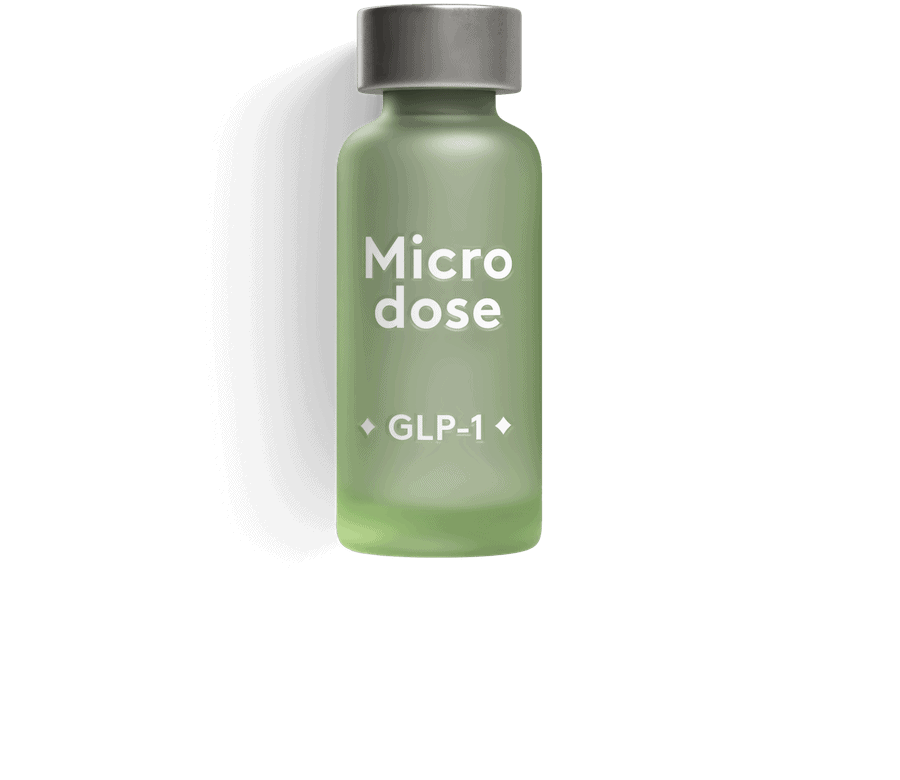
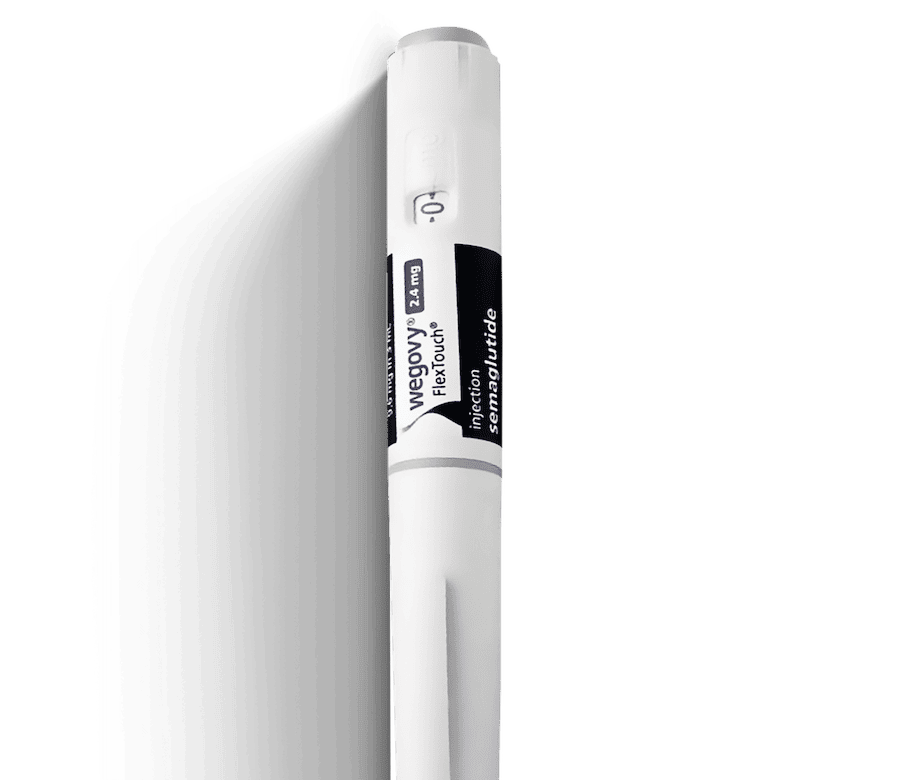
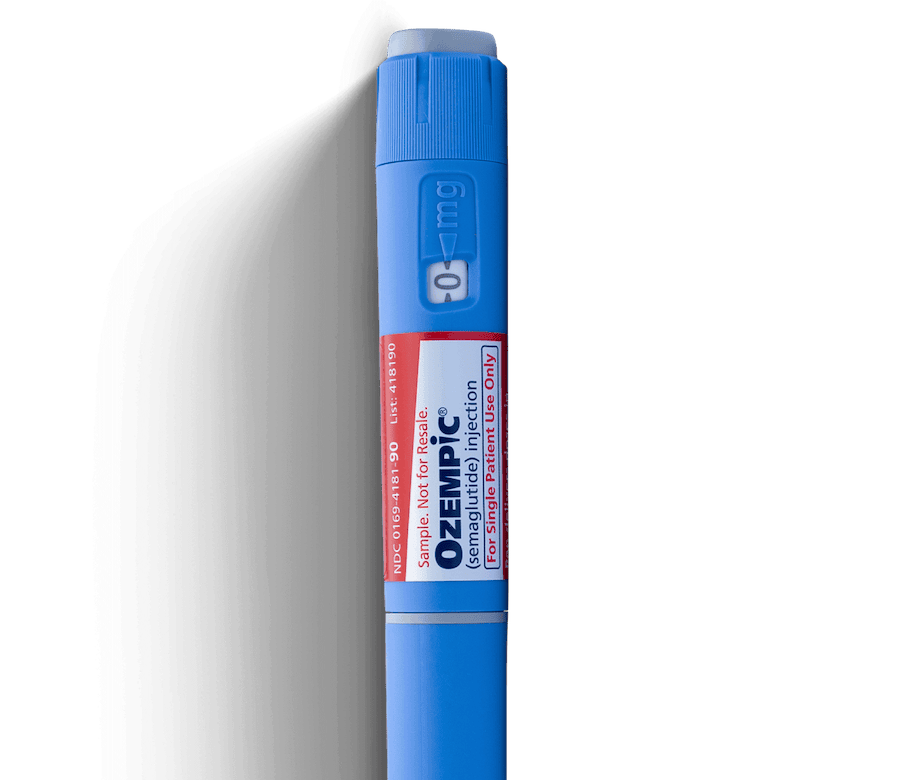


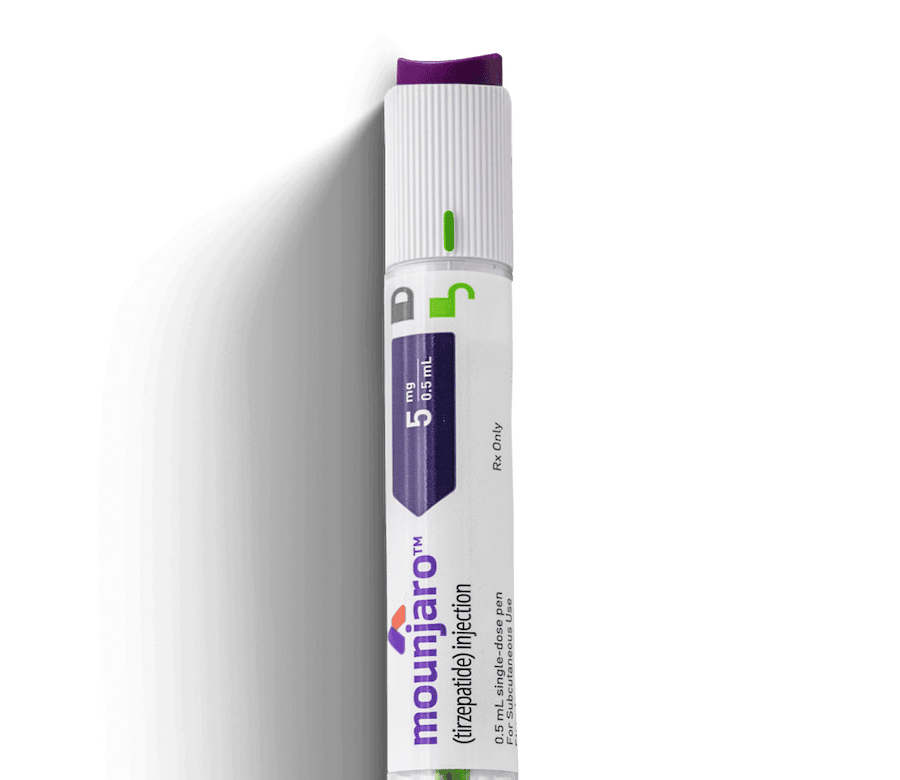
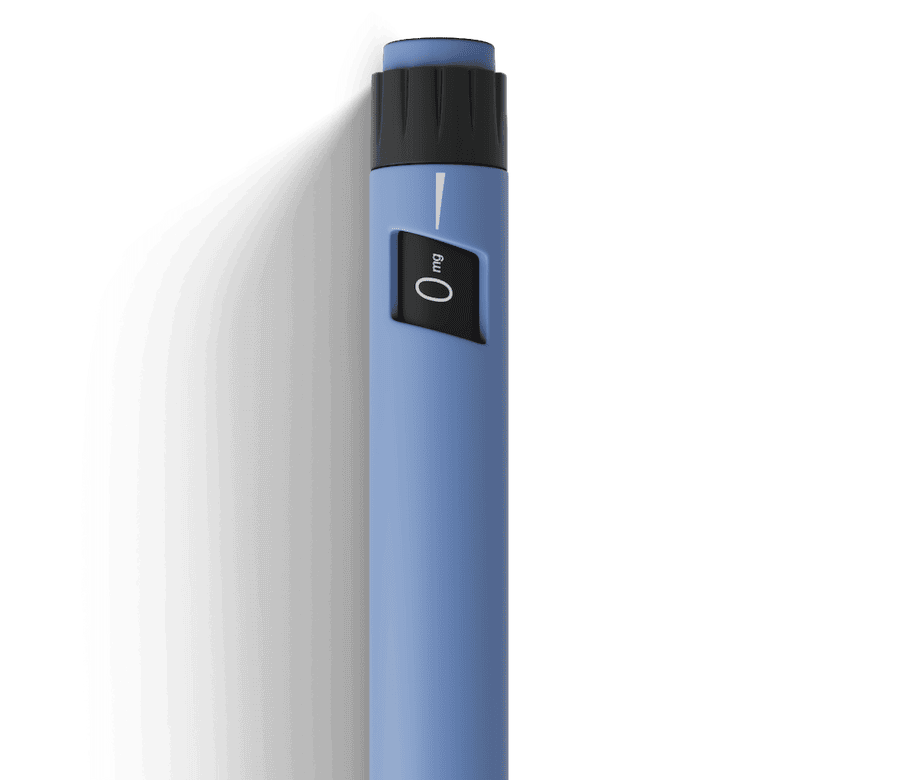



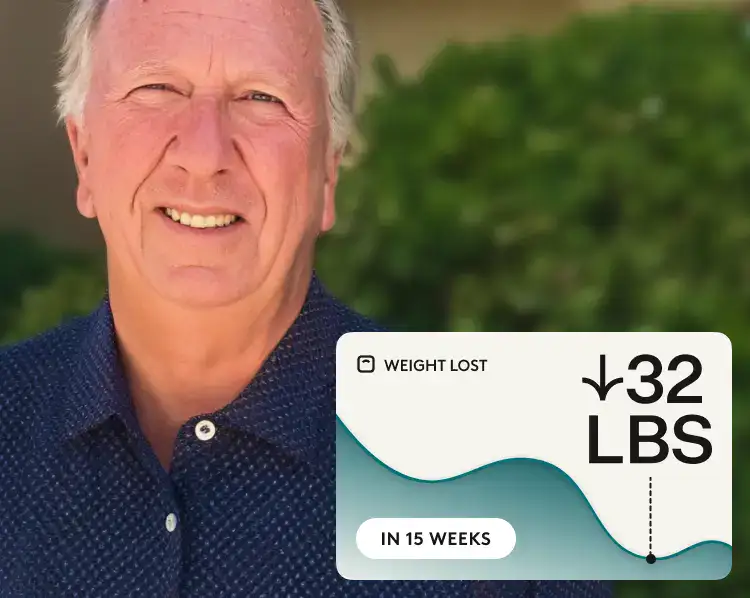



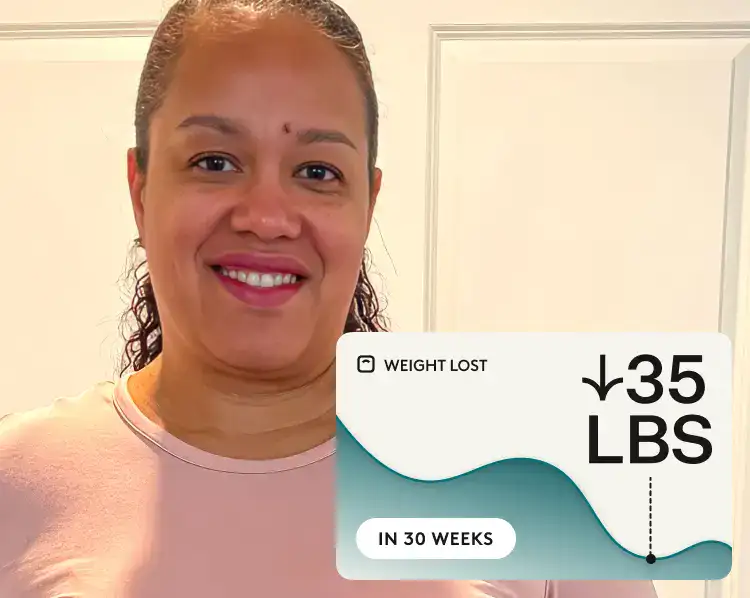
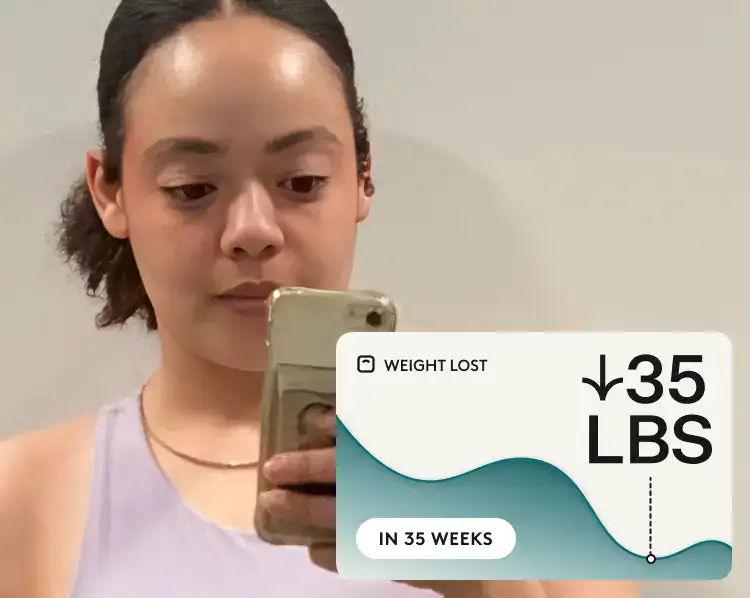



 Noom Team
Noom Team
 Melissa Kay
Melissa Kay


 Meaghan Cameron
Meaghan Cameron
